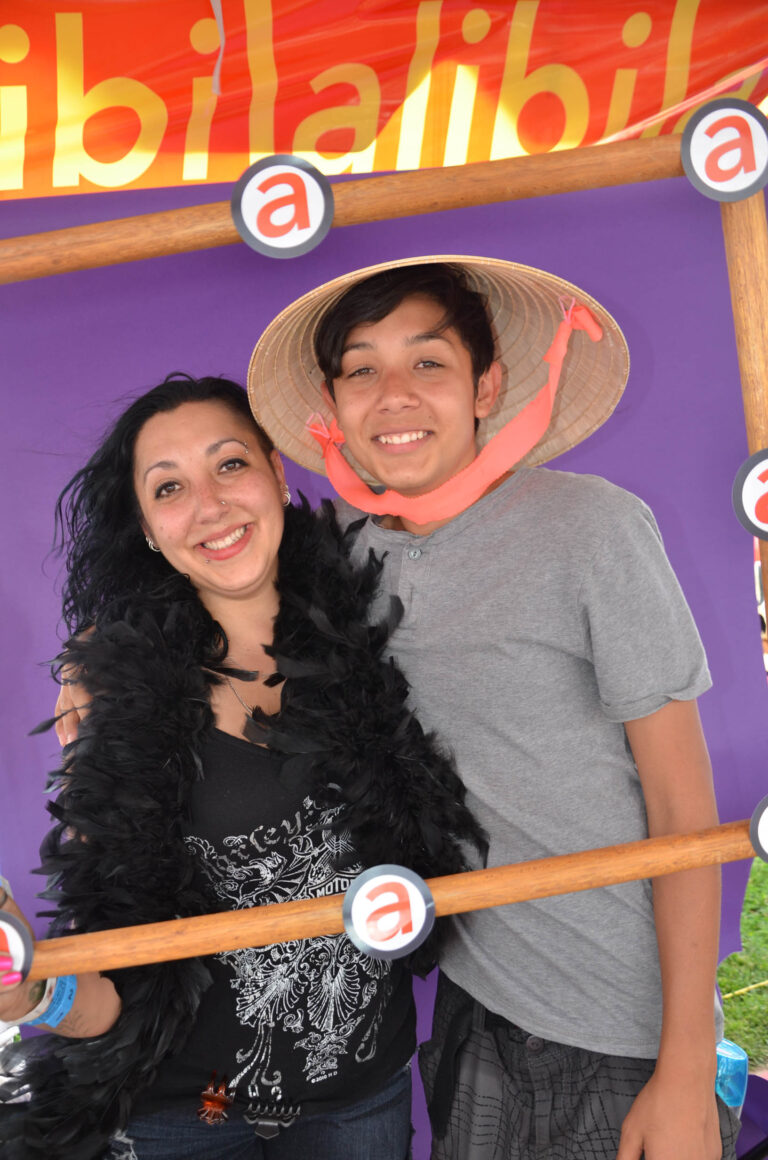Latest Article|September 3, 2020|Free
::Making Grown Men Cry Since 1992
2 min read
No matter what you do or don’t know about the Very Large Array, you knows it’s large. Very large. I picture ’70s-era scientists with wire-frame glasses and high-waisted bellbottoms throwing their hands in the air and proclaiming, “Screw it, I can’t think of a name either. Let’s just call it the Very Large Array.”Now these scientists have another shot, with inspiration from a public contest. A decade-long restoration of the astronomical radio observatory facility is nearing completion, and it’s decided to throw out the old moniker for a newer, sleeker version worthy of 21 st century technology. Although the VLA will appear the same, the expanded capabilities will allow scientists to observe previously undetectable cosmic objects. A new radio telescope will be more sensitive and increase resolution and imaging abilities, according to the National Radio Astronomy Observatory.Scientists and astronomers from around the world use the VLA to peer into the cosmos and see things such as a star exploding. While the expansion wont be completed until 2012, astronomers have already used new equipment to watch a black hole devouring a star last spring. Yes, they used the word “devouring.”The total cost of the expansion was $97.99 million and came from the U.S., Canadian and Mexican governments as well as the National Science Foundation. Eight radio-telescope dish antennas will join the 27 existing dishes outside of Socorro. Name suggestions will be accepted until Dec. 1 and winners will be announced on Jan. 10, 2012. I’m hoping they go with Something Even Bigger.



